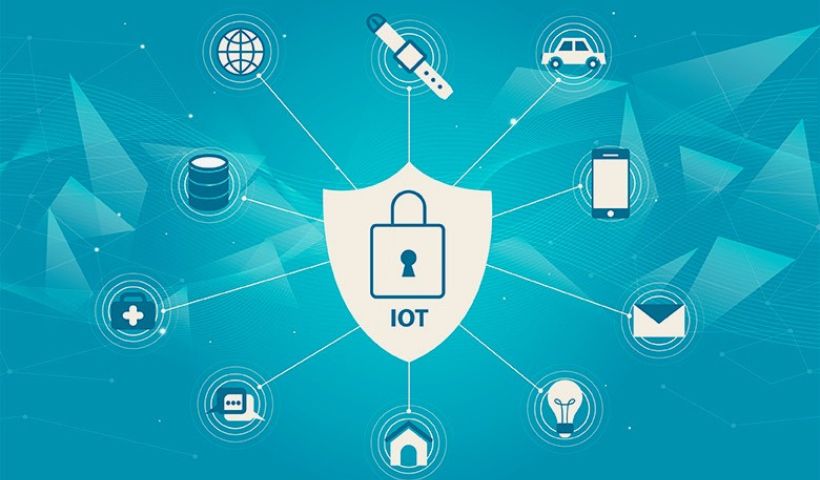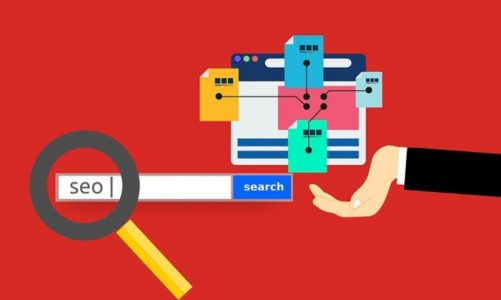Protecting IoT Devices: In recent years, health institutions have become the target of cybercriminals. A recent Vodafone report on how 5G and IoT technology can transform healthcare and social care has found resounding support for the introduction and rise of digital technologies in the NHS in England, including 5G and IoT, as a way to streamline healthcare and make it more affordable.
The Internet of Things (IoT) refers to a network of physical devices that uses connectivity to enable data exchange. In the context of healthcare, the IoT, fueled by new and emerging 5G networks, can have huge benefits. These include the use of data-intensive virtual and augmented reality by doctors to help patients better understand a diagnosis or treatment. In this sense, with the help of different technologies it will be possible to help a specialist to better analyze the patient’s condition.
However, the use of IoT in healthcare is not without obstacles : in general, these devices cannot be centrally managed, patched, updated or protected. The simplicity and functionality of this technology makes them vulnerable to exploitation by cybercriminals.
Advantages Of Applying The IoT To The Health Sector
Some of the virtues of using IoT in healthcare are lower operating costs (through the use of IoT medical instruments), improved patient experience, and a significant reduction in errors. In terms of improving patient care, IoT-connected medical applications can offer remote monitoring and make physical spaces smarter and more integrated. Improving the efficiency of operations, clinical tasks, and the management of essential resources help create a better experience.
Thanks to real-time data updates and the ability to analyze a patient’s previous treatments and diagnoses, smart healthcare systems using the IoT can help reduce potential errors. Treatment outcomes can also be modernized, as data collected by IoT devices is highly reliable and can help practitioners make more informed decisions. Similarly, they may eventually provide ubiquitous monitoring systems for disease management, and improved data analysis may lead to a better understanding of disease progression.
Dangers Of IoT In Healthcare
When it comes to protecting IoT devices against cyber attacks, keep in mind that hospitals face unique challenges and characteristics. First of all, there are an average of 10 to 15 medical devices per bed, such as infusion pumps and ventilators, but many of these devices were designed with little or no safety in mind.
On the other hand, the application and enforcement of granular security rules throughout the IoT network fabric, based on attributes, their risks and protocols, will help ensure intuitive segmentation and management of the Zero Trust network. Likewise, it is important to support holistic management of security policies in a single pane of glass, for both IT and IoT networks.
Common Cybersecurity Breaches And How To Prevent Them
According to recent findings by INTERPOL, the International Criminal Police Organization, cybercriminals have stepped up their attempts to infect hospital computer networks with ransomware, even as the COVID-19 pandemic continues. The result of such a breach is not limited to data damage or monetary loss to the organization.
To avoid this type of situation, it is necessary to keep in mind the necessary cybersecurity measures that will keep a medical institution protected..
Periodic backups
maintaining regular data backups as a routine process is a very important practice to avoid data loss, and above all, it gives the option of being able to recover them in the event of an attack or hardware malfunction. disk. Functional backups can also help healthcare organizations recover from ransomware.
Patching
This is a critical component in defending against ransomware attacks, as cybercriminals often look for the latest discovered exploits in available patches and then target systems that are not yet protected. Therefore, it is critical that institutions ensure that all systems have the latest patches applied, as this reduces the number of potential vulnerabilities within the company that an attacker can exploit.
Endpoint Protection
Conventional signature-based antivirus protection is a highly effective solution for preventing cyber threats and should definitely be implemented in any healthcare organization as it protects against most malware attacks that a healthcare organization faces.
Network protections
Advanced protections on the company network, such as intrusion prevention system (IPS), network antivirus, and anti-theft, are also crucial and effective in preventing known attacks.
Advanced technologies
such as sandboxing have the ability to analyze new and unknown malware, execute it in real time, look for signs that it is malicious code, and as a result block it from infecting endpoints and spreading other places in the organization. As such, sandboxing is an important prevention mechanism that can protect against evasive or zero-day malware, and defend against many types of unknown cyber threats.




